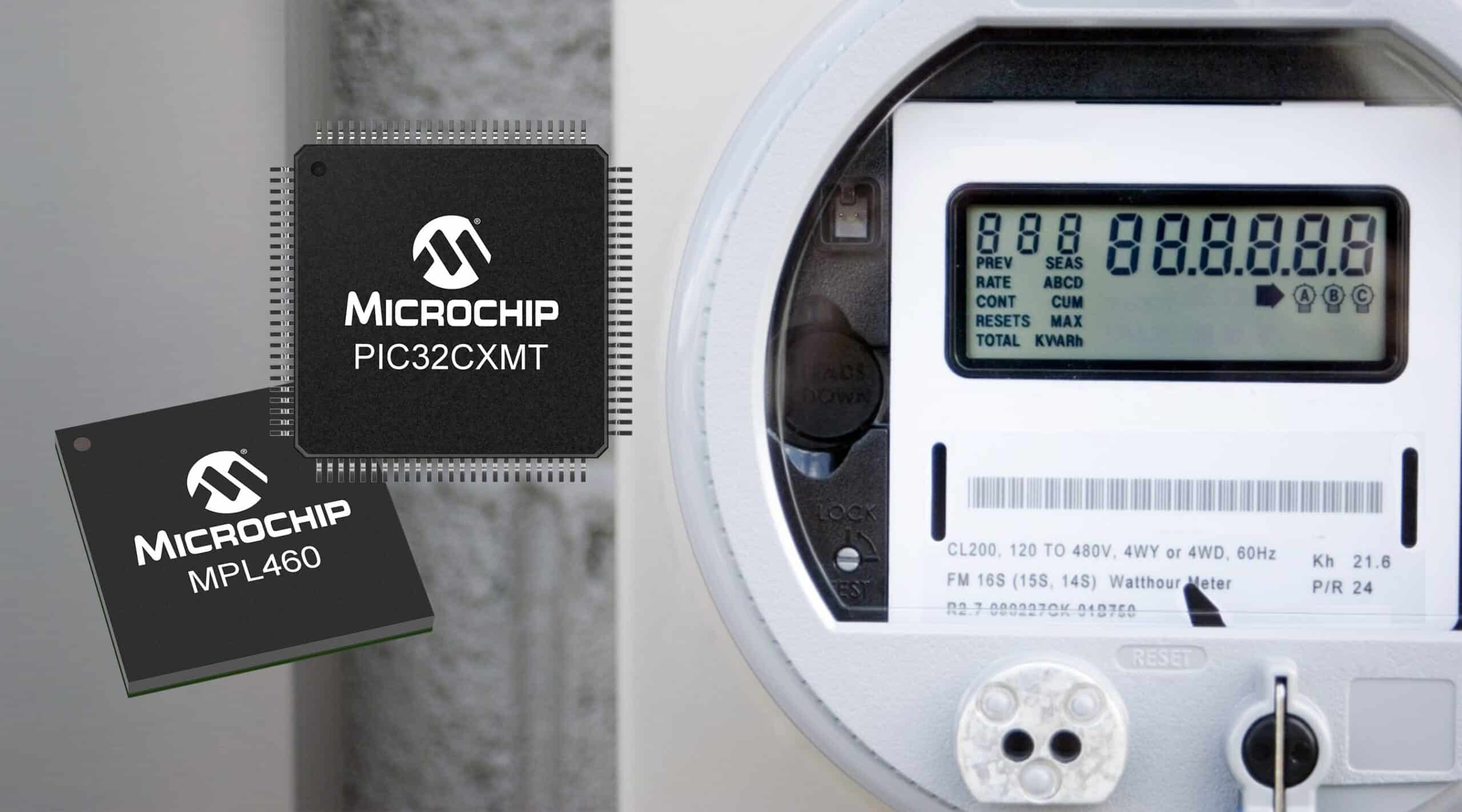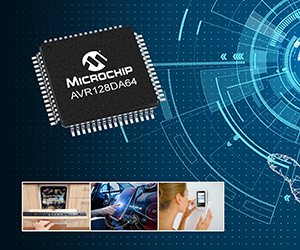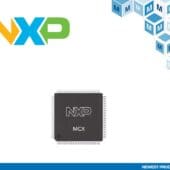The RX family of microcontrollers is designed to offer a global platform of high-performance products for use in various smart embedded applications such as home appliances, counters, HMI and advanced communications applications. The RX family provides a growing range of compatible and scalable products offering the widest range of flash memory, high-performance CPUs with hardware floating point units, and the widest range of peripheral and package options. There are currently two compatible series in production, the RX200 and RX600, with further expansion planned.
The RX family supports a wide range of solutions in the consumer and industrial markets for applications with high computational requirements such as motor control, counters, advanced communications such as CAN, Ethernet, USB and HMI including interfaces with TFT direct drive.
The RX family utilizes an enhanced Harvard CPU architecture combined with Flash memory up to 100MHz with no latency, providing performance up to 1.65DMIPS/MHz, low power levels up to 130uA/DMIPS, and one of the most efficient code densities. compared to CISC and RISC architectures. A key feature for embedded applications is the interrupt response time, which has been reduced to 5 clock cycles by making the context switches very efficient. The RX family also provides many built-in security features such as flash access ID, memory protection area, register write protection, and independent watchdog timer and oscillator. Also includes, an increasing implementation of hardware self-test functions, such as I/O pin status testing, ADC signal loss detection and testing, hardware CRC and data verification for FLASH and RAM memory and system clock measure.
When these features are combined with certified libraries, they make it easier for the user to obtain security standards such as IEC60730 and others.
Communications are the key factor for many industrial applications whether it is a simple serial interface to another module or peripheral, or a more advanced communications protocol such as Ethernet, CAN and USB, providing access and control to users or a communications network in an industrial plant. The RX family is capable of supporting the main communication methods as indicated in Figure 1 and described below in Table 1.
Figure 1
| Function | Regulation | Feature Summary |
| USB | USB 2.0 Full speed |
Up to 2 USB ports configurable as OTG, Host or Device and each port includes an integrated transceiver. Each USB controller supports bulk and isochronous transfers along with system interrupts and control. FIFO buffer with DMA access is provided for transmit and receive operations. Up to 10 configurable endpoints, supporting MSC, CDC, HID, and composite connection types. |
| Ethernet | IEEE 802.3x 10/100Mbs | Full or half duplex transfers. Support for MII (25MHz), RMIIA (50MHz) interfaces with the appropriate external PHY device. Two FIFO buffers with DMA access are provided for transmit and receive operations to reduce the load on the CPU. The Ethernet function can be put into “sleep mode” and activated upon receiving a power reduction instruction. |
| CAN | CAN2.0B Active |
Up to three channels with rates up to 1Mb/s. Standard (12bit) and extended (29bit) message identifiers. Up to 32 mailboxes including time stamping. 8 configurable acceptance masks. Each channel can be configured to transmit or receive only in conjunction with an optional FIFO data buffer. Self-test modes for each channel provide listen only and internal and external loop-back transfer testing. Each CAN channel can be put into "sleep mode" and activated upon receipt of a valid identifier. |
Table 1
For all the aforementioned communication protocols, the middleware, Protocols and APIs are freely available from Renesas as well as specially developed software support from the existing third-party network.
In addition to advanced communication, the RX family supports a range of enhanced interfaces, such as SPI and I2C for connecting external peripherals, memory, and wireless interfaces, such as Zigbee. I2C supports up to 1Mb/s, while SPI is capable of supporting up to 25Mb/s speed and master/slave mode. The Serial Communication Interface (SCI) supports asynchronous, synchronous, smart card and LIN bus interfaces and is capable of reaching more than 8 Mb/s in synchronous operation and exceeding 3 Mb/s for asynchronous operation.
In many applications motor control is a key function. The RX family is poised to provide the most advanced “state of the art” solutions for these applications, with both the RX200 and RX600 series offering sensorless vector control for applications with one or three shunts while providing efficient and stable processing for the engine control algorithm, self-test and security functions, communications to an external control module or in simple application areas the user interface.
The RX200 series is especially suitable for low-midrange applications with a CPU that provides highly efficient DSP processing, single-cycle Multiplier and Accumulator (MAC) with 32-bit barrel shift and arithmetic operations. The RX200 series provides good code efficiency in typical motor control algorithm, self-test, and communication management code applications by consuming 30% of available Flash and 25% of on-chip RAM (estimate based on RX220 – 32KB Flash, 8KB RAM). System performance includes switching frequencies above 24kHz and control frequencies up to 16kHz. The use of internal Data Flash is ideal for storing motor control and system parameters.
Providing high performance, improved accuracy, better code efficiency, and high levels of integration, the RX600 series is more geared towards high-performance applications such as high-range washing machines, ovens, and industrial applications such as air conditioners, inverters, and low-range drives. The main reason, besides the 100Mhz speed of its CPU, is the inclusion of the IEEE-754 hardware floating point unit as part of the CPU core. The recommended devices for motor control applications are the RX62T and RX63T. The RX63T are the low pin version designed to support home appliance applications with a single motor interface coupled with a high performance (1µs) 12 bit ADC including three simple and hold circuits. The RX62T is capable of driving 2 independent motor control applications with two independent motor control timer blocks, an enhanced dual independent ADC unit, 3 Proportional Gain Amplifiers for signal conditioning and 3 analog window comparators for each ADC unit. A third 10-bit ADC unit provides support for other ADC conversion needs. A typical scheme of the system is shown in Figure 2.
(Figure 2
An equivalent motor control application as described for the RX200 implemented with floating point unit calculations can provide switching and control frequencies above 25KHz. A complete system including motor control algorithm, user control interface with GUI and parameter storage, uses about 50% Flash memory and 26% RAM memory (Based on the minor RX63T – 32KB Flash, 8KB RAM)
In many smart embedded applications the HMI includes the need for a display panel. Often this can be a simple segment or matrix display or now more common is a graphics display panel (i.e. a TFT). In these cases the use of a graphics driver is generally too complex for the application and often too expensive. Since the graphics requirements can be simple a viable solution could be to directly control the TFT panel unit. A software solution is available with the RX200 to drive a QVGA TFT panel with up to 8 colors (3-bpp) using three SCI synchronous channels each with DMA and control of I/O ports for Hsync, Vsync and other panel signals. The solution requires approximately 30KB of internal RAM for the video buffer and can be implemented using an RX210. The advantages of this solution are notable because less than 40% of the CPU load is used and it is low cost because no external components are needed. Software, demos, and application notes are available from Renesas.
The RX600 is also capable of connecting directly to the TFT panel, but due to higher performance and additional peripherals it is capable of achieving a higher specification. The RX600 includes an additional external peripheral DMA (exDMAC) function to transfer RGB data and control panel signals. The solutions can handle QVGA (320 x 240) and WQVGA (480 x 272) resolutions with color levels of up to 16 bits per pixel and a 60Hz refresh rate. The CPU load for the RX600 to display a static image is very low, only around 5%, which allows plenty of resources for other applications, such as connectivity and touch screen decoding. Due to the low levels of CPU overhead, animation of buttons, sliders, indicators, etc. can also be implemented.
(Figure 3
For all these applications there are free graphic libraries, a Renesas development kit and third-party support
Current solutions for smart meters need more precise measurements, have less consumption, and offer more features such as data logging or wired or wireless communications through different means. These requirements place more requirements on the central microcontroller, such as more on-chip memory, higher performance, advanced peripherals, and lower power consumption, especially for battery-powered meters such as water and gas. The RX200 and RX600 can provide advanced solutions for these applications and the introduction of new technologies such as the new RX21A microcontroller that has been designed to provide true single-chip solutions for electricity metering. The RX21A uses the RX 32-bit CPU core, which combines high-performance DSP functions and up to 50 MHz operation while offering low power consumption. The key to this new series of devices is the integrated analog functionality that includes up to 7 independent 24-bit sigma-delta second-order ADCs each with programmable gain amplifiers providing differential and unipolar inputs, a 7-channel ADC of 10-bit two 10-bit DACs. The RX21A also provides many additional peripheral features such as Serial Interfaces (SCI), powerful 16-bit timers, RTC calendar system, as well as many security and reliability features. An example of a typical solution of a polyphase counter is shown below in figure 4.
(Figure 4
The RX21A measurement system can be significantly automated through the use of a combination of peripheral functions, such as the 16-bit timer block (MTU) and the Event Link Controller (ELC) to provide clock and trigger control to the ADC system and the use of the Data Transfer Controller (DTC) to move ADC results into memory, which significantly reduces the load on the CPU. A range of products with reduced analog functions is also available to optimize costs and solutions for other meter applications, such as single-phase electrical meters.
Finally, it should also be noted that all RX products are compatible with a wide range of development tools, including on-chip hardware debugging and compilers from Renesas and third parties.
Please contact Renesas to find out the capacity of the family RX for your field of application.








